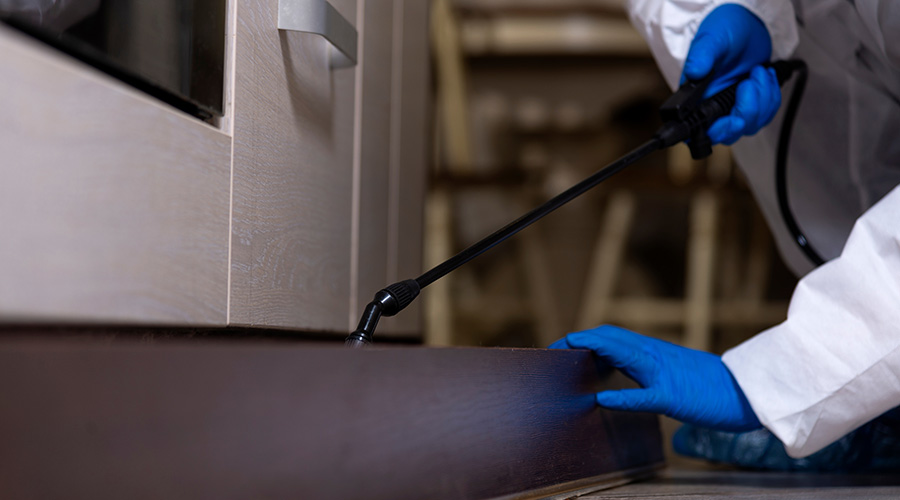Equipment Specification: Strategies for Success
Guidance for managers seeking efficiency, productivity and cost-effectiveness
Managers often face the question of when to take the plunge on purchasing new equipment. When is the right time? There are no coupons in the Sunday paper for big-ticket facilities equipment and components, no Labor Day sales or end of model year close-outs. Managers in this situation should consider these guidelines:
Know your needs. Assess the department’s needs, constraints and future requirements. It is important to understand the objectives. Is the goal to increase productivity? Will this new equipment make technicians more successful, translating into happier customers? Is it possible to upgrade instead of buying new equipment and still get better performance? Are there plans to expand in the future, requiring a look at increased equipment demand?
Make the case. Create a business case to budget for new equipment. Once funds have been budgeted, I do the research to locate the best suppliers or vendors. The Internet provides access to a range of specialized equipment companies, so take the time to browse. Check out articles that target the specific type of facility, and attend shows and conferences to get hands-on time with equipment and talk with actual users.
Dig deep. Managers also should research the equipment options. One checklist items is to get three references of similar equipment that current customers had purchased. Also, talk to the procurement manager and maintenance manager for their opinions of the equipment.
Look at life. When calculating costs, make sure to calculate life-cycle costs, which includes all cost associated with design, procurement, storage, installation, start-up, operation, maintenance, decom-missioning and removal.
Focus on reliability. Most equipment reliability and maintainability is baked into a piece of equipment during the design phase, so managers cannot change that without redesigning the equipment Ask the original equipment manufacturer (OEM) for data on failure modes and effects analysis (FMEA) and reliability centered maintenance (RCM). Ensure the contract includes training and competency assurance for both operations and maintenance.
When I had to buy a new compressor, I talked to a maintenance manager who recently purchased the same unit. He told me the real truth about the reliability of the unit and the amount he had spent on recommended spare parts, the headaches he had to endure to fix the problems the installation team caused, and the hours of work it took from his maintenance team that they could have spent on other work.
Related Topics:













